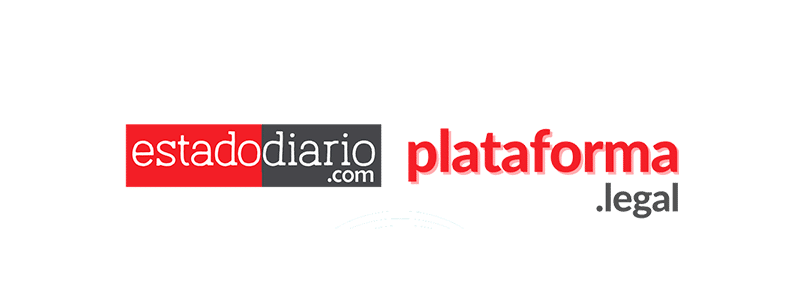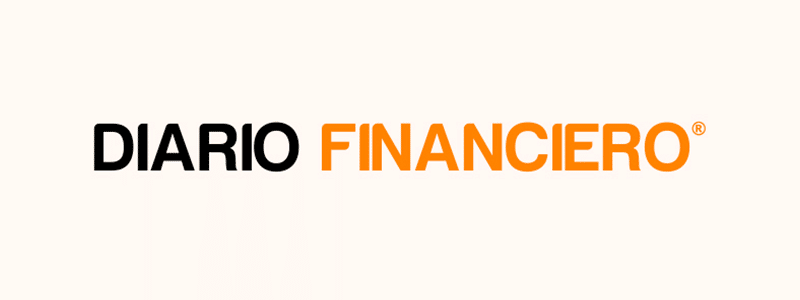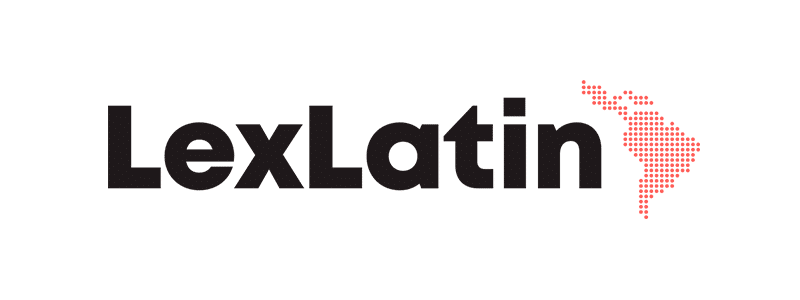In the framework of World Creativity and Innovation Day, we invite you to read the column written by our senior associate of the IP, Tech and Data Group, Carlos Lazcano, on how to protect intangible assets.
Every April 21 we celebrate World Creativity and Innovation Day, a date proclaimed by the United Nations to encourage original thinking as a driver of human and economic development. However, creativity is not only a virtue of artists or inventors, but also a strategic source of value that, if not adequately protected, can be easily appropriated by third parties.
In an environment where intangible assets exceed physical assets in value, it is essential for creators, entrepreneurs, companies and organizations to understand and protect these assets through the various tools offered by the intellectual property system. Here are five essential recommendations to take care of the fruit of a creative mind:
- Copyright: It protects from the very first idea.
In Chile, copyright protects literary, artistic, scientific and technological works from the moment of their creation. Although it is not essential to register these types of works with the Department of Intellectual Rights for them to be protected, it is advisable to do so since registration provides a legal presumption of ownership, which is very useful in the event of disputes. If you are a designer, musician, programmer or writer, protecting your work is as important as creating it.
2. The trademark: Identity that must be registered.
If you create a name, logo or slogan to distinguish a product or service, you are generating a distinctive sign. But that sign only has legal protection and gives the right of exclusive use to its owner if it is duly registered as a trademark at the National Institute of Industrial Property (INAPI). The trademark is the most visible asset of your project and without registration, it is exposed to be used -or even registered- by a third party.
3. Patents: when innovation can be protected.
An invention that solves a technical problem can be protected by a patent. To do so, it must meet the requirements of novelty, inventive step and industrial application. Many solutions developed by entrepreneurs, engineers, universities or startups remain unprotected simply due to lack of knowledge. The key is to file the application before disclosing the invention.
4. Confidentiality: invisible shield for ideas under development.
Considering that the ideas themselves are not protectable, but only the works themselves or the trademarks, patents, models and designs, many ideas may or may not be publicly disclosed to maintain their protection. In these cases, it is essential to sign confidentiality agreements (NDA) with potential partners, developers, investors or suppliers. In order to put barriers to unauthorized leaks of information that may affect the development of an idea or business.
5. Strategy is as important as protection.
The design of a comprehensive strategy for the protection of intangible assets should not be an afterthought, but part of the business model from its early stages. Often, combining different tools (trademark + copyright + patent + secret) offers the best coverage. For example, a video game can protect its software by copyright, its name by trademark, and its strategy and business plan by secrecy.
In short, taking care of what we imagine, design or build with creativity is not only a defense measure, but also a way of recognizing the real value of our ideas. On this World Creativity and Innovation Day, in addition to celebrating, it is time to act and value innovation by protecting it.
Column written by:
Carlos Lazcano | Senior Associate IP, Tech and Data Group | clazcano@az.cl



